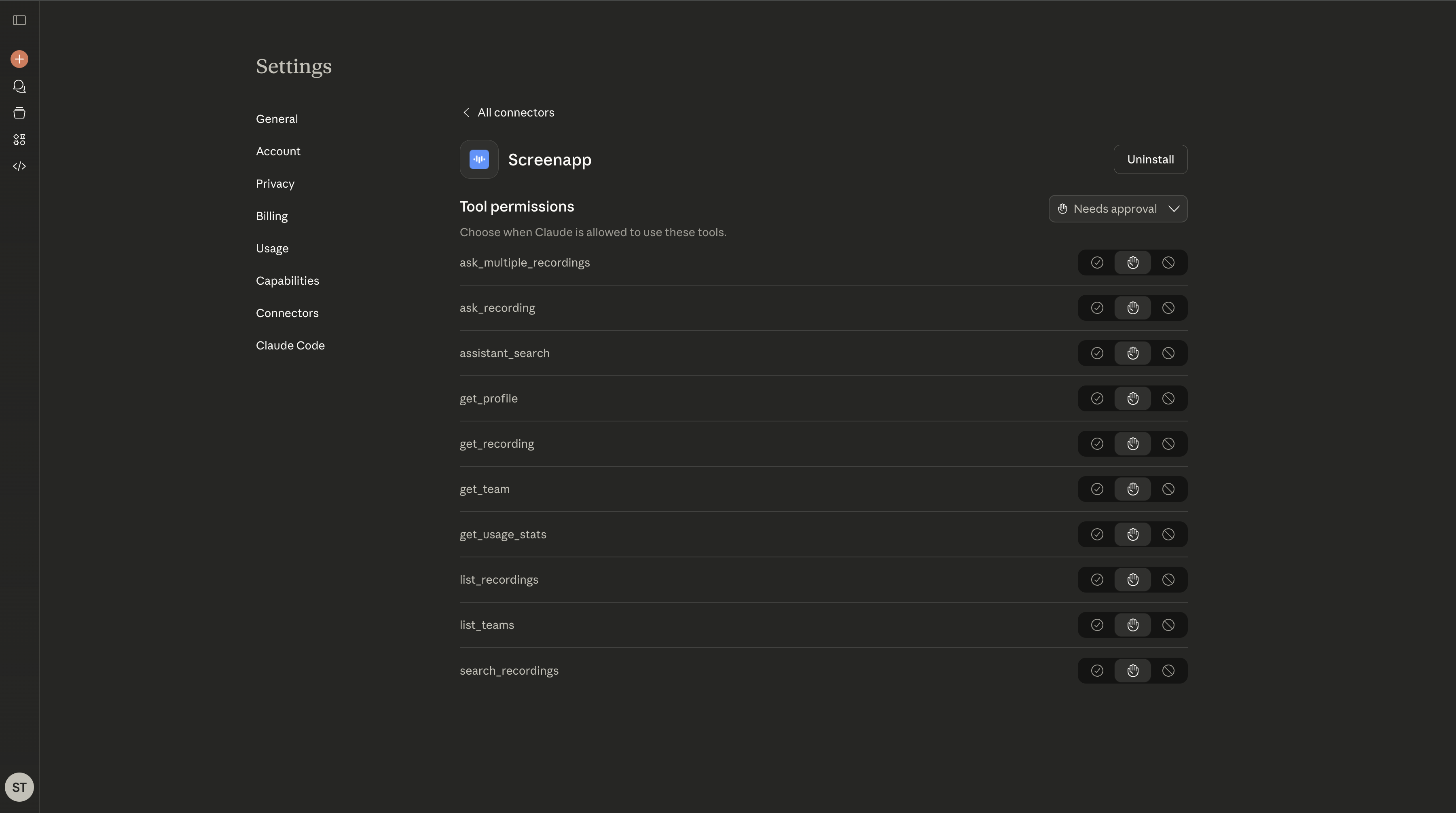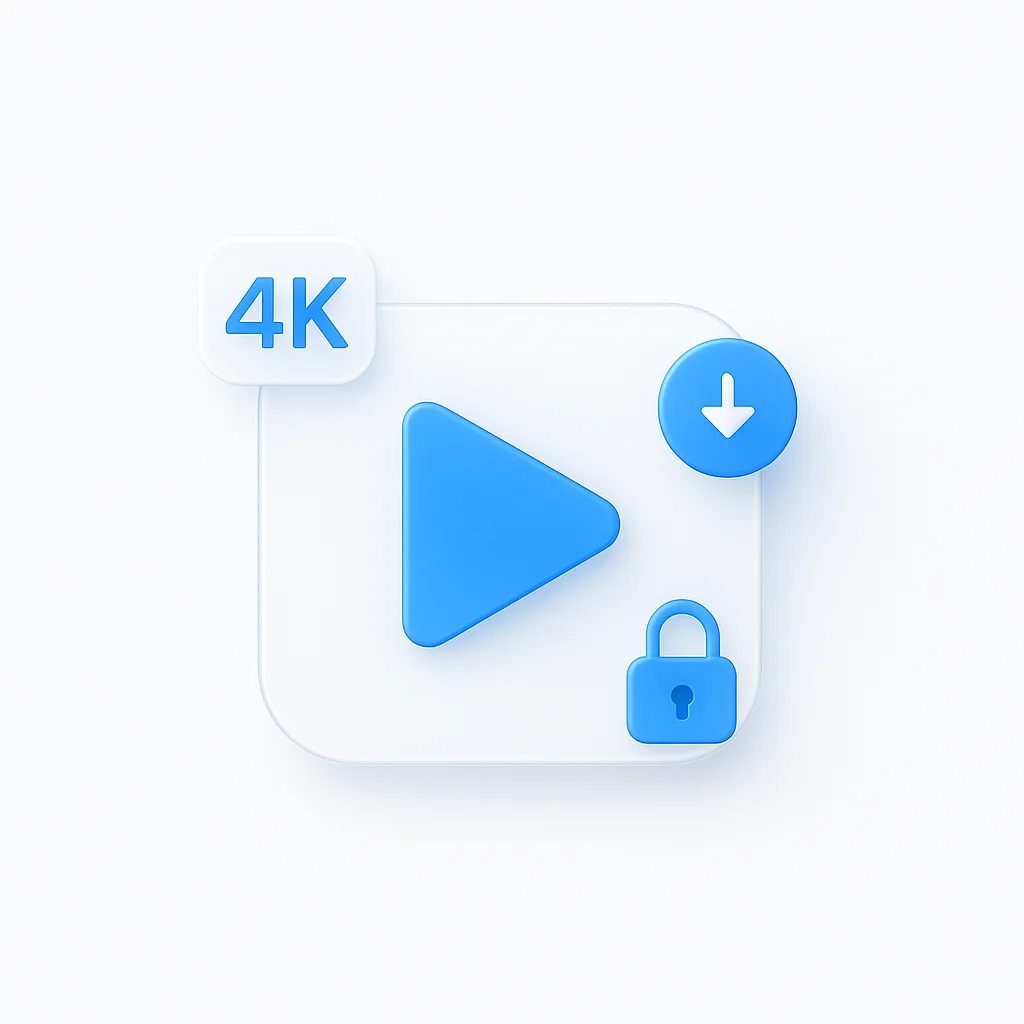Video is a popular medium for sharing information. However, data in video can be difficult to digest compared to a transcribed video being information. It is important to understand the difference between data and information to effectively communicate and make informed decisions. This article will provide an overview of data and information, the differences between them, and their importance in the context of video.
What is Data?
Data represent discrete, objective facts or observations, which by themselves might lack broader significance or interpretation. In isolation, singular data points often fail to convey a meaningful story or pattern. It is through the synthesis, organization, and contextualization of these facts that they are transformed into information – actionable and relevant insights that inform decision-making or deepen understanding.
Key attributes of data include:
- Inherent Rawness: At its source, data often appears unrefined and unordered. Its raw form requires interpretation to unlock its potential value.
- Requirement for Processing: To transition from mere data to valuable information, there is a need for analysis, interpretation, and often, a structure.
- Potential for Misinterpretation: Without the appropriate context, data can seem arbitrary or even misleading. The correct framework is crucial to ensuring its accurate representation.
- Variety in Presentation: Data can manifest in various forms, from lists of numbers, dates, or words, to more complex formats such as videos or audio recordings. Especially in richer formats like video, the absence of context can make it challenging to derive clear insights or conclusions.
In essence, while data forms the foundational building blocks of knowledge, it is through its judicious processing and contextual understanding that its true value is realized.
What is Information?
Information arises when data is curated, analyzed, and positioned within a specific context, rendering it actionable and insightful. Unlike raw data, which might lack interpretative depth on its own, information is tailored to convey meaning, enabling individuals and organizations to make well-informed decisions.
Key attributes of information include:
- Intrinsic Value: Information inherently carries significance, serving as a beacon for comprehension and decision-making.
- Contextual Relevance: By situating data within a particular framework or narrative, information illuminates patterns and offers clarity.
- Decision-Driving Potential: Armed with information, individuals and entities are better poised to take strategic actions and make judicious choices.
- Diverse Representations: Information can be manifested in myriad ways, from visual representations like graphs, to comprehensive reports, to succinct summaries. Even a transcribed video becomes informational, as the transcription contextualizes spoken content, allowing for deeper analysis and understanding.
Ultimately, information is the evolved form of data, refined and presented to empower understanding and guide intelligent action.
Differences between Data and Information
Data and information, though closely intertwined, have distinct roles in the realm of knowledge and communication. Data serves as the foundational elements — raw, unprocessed, and devoid of interpretation. On the other hand, information emerges when these data elements are refined, contextualized, and presented in a way that lends meaning.
Key distinctions between data and information are:
- State of Refinement: Data exists in its most primitive form, often scattered and without inherent meaning. Information, conversely, is the result of data that has been sifted, interpreted, and structured.
- Contextual Positioning: While data requires the addition of context to gain significance, information inherently provides that context, making the underlying data comprehensible.
- Utility and Actionability: Data, in its raw form, might not immediately inform decision-making. Information, having undergone processing, is tailored to guide understanding, drive insights, and support informed actions.
In mediums like video, discerning between data and information becomes paramount. For instance, a video clip might offer raw footage (data), but without narration, analysis, or captions, viewers might find it challenging to derive clear insights. In contrast, a documentary with commentary, editing, and graphical overlays turns that footage into a narrative-rich content, which is information.
Grasping the nuances between data and information is crucial, especially in today’s data-driven world, to ensure effective communication and sound decision-making.
.webp)
Examples of Data and Information in Business
data and information are cornerstones of effective decision-making. Vast amounts of content, such as video recordings, are routinely produced, discerning the vital nuggets from the extensive background noise is imperative. The example of a long meeting recording perfectly illustrates the difference between raw data and processed information.
Data:
- Duration of the Recording: The sheer length of a meeting video can be overwhelming, representing raw, unfiltered content.
- Verbatim Transcripts: A word-for-word account of the meeting, while comprehensive, may still leave the reader sifting through extraneous content to pinpoint actionable items or key insights.
- Audience Reactions: Casual observations of nodding heads, raised hands, or any other gestures, although indicative of engagement, are still raw data points without context.
Information:
- Meeting Summary: Extracted from the full-length video, a concise report or a highlight reel offers a structured, easily digestible overview, spotlighting pivotal discussions, decisions, and action items.
- Engagement Metrics: By analyzing which segments of the video garnered the most attention or prompted active discussions, a more informed picture of the meeting’s impact and areas of interest emerges.
- Feedback Analysis: By studying and interpreting reactions throughout the video, one can generate insights on which parts of the meeting were most resonant or contentious, aiding future agenda-setting or follow-ups.
A lengthy meeting recording, akin to raw data, is a repository of potential insights but can be cumbersome to navigate. The transformation of this data into structured and actionable information, like a well-crafted summary or analysis, is what empowers businesses to glean value and make informed decisions. Data integration platforms simplify this process by connecting and organizing the data for easier analysis.
Data Analytics and Information Processing
Data analytics and information processing, while interrelated, serve nuanced roles in the realm of data utilization. At its core, both disciplines revolve around the refinement of raw data into a form that adds value. Data analytics delves deeper, employing a variety of analytical methods to dissect, study, and interpret data, seeking patterns, trends, and deeper truths that might not be immediately evident. It’s an active exploration, often guided by hypotheses, that seeks to glean insights and draw meaningful conclusions. For organizations handling sensitive data, implementing data isolation strategies ensures that raw data remains secure while being processed into actionable information.
Conversely, information processing is a more systematic approach that focuses on the transformation of data. It emphasizes the organization, structuring, and presentation aspects, ensuring data is framed in a comprehensible and accessible manner. If you’re interested in learning Excel, this comprehensive guide provides a clear pathway to mastering its features and transforming raw data into actionable insights. The goal here is to render data not only understandable but also actionable for end-users.
In the realm of video, these distinctions take on palpable significance. Consider a video with hours of footage. Data analytics might be applied to discern viewer behavior patterns, segment popularity, or to determine drop-off points, thereby providing insights into content effectiveness and audience preferences. Simultaneously, information processing for the same video might involve editing, captioning, segmenting, and summarizing to enhance viewer comprehension and engagement.

Tired of the painstaking task of manual transcriptions? Overwhelmed with sifting through webinars to extract vital takeaways? ScreenApp is here to revolutionize the way you handle your content!
- Instant Transcription: Our AI-driven transcription tool rapidly processes any video or audio, delivering accurate transcriptions in mere minutes.
- Pinpoint Key Insights: Go beyond basic transcription. ScreenApp’s sophisticated AI not only transcribes but also extracts crucial knowledge from your content. It identifies significant keywords, phrases, and overarching topics, allowing you to grasp your content’s essence quickly.
- Search, Analyze, Share: With our platform, you can effortlessly search through transcribed content, analyze the highlights, and share them with your team or audience.
Why remain mired in manual processes when AI can streamline it for you? Test drive ScreenApp today for FREE.
Got questions? We’ve got answers. Reach out to our dedicated team anytime, and discover the transformative power of ScreenApp for all your transcription and content analysis needs.






